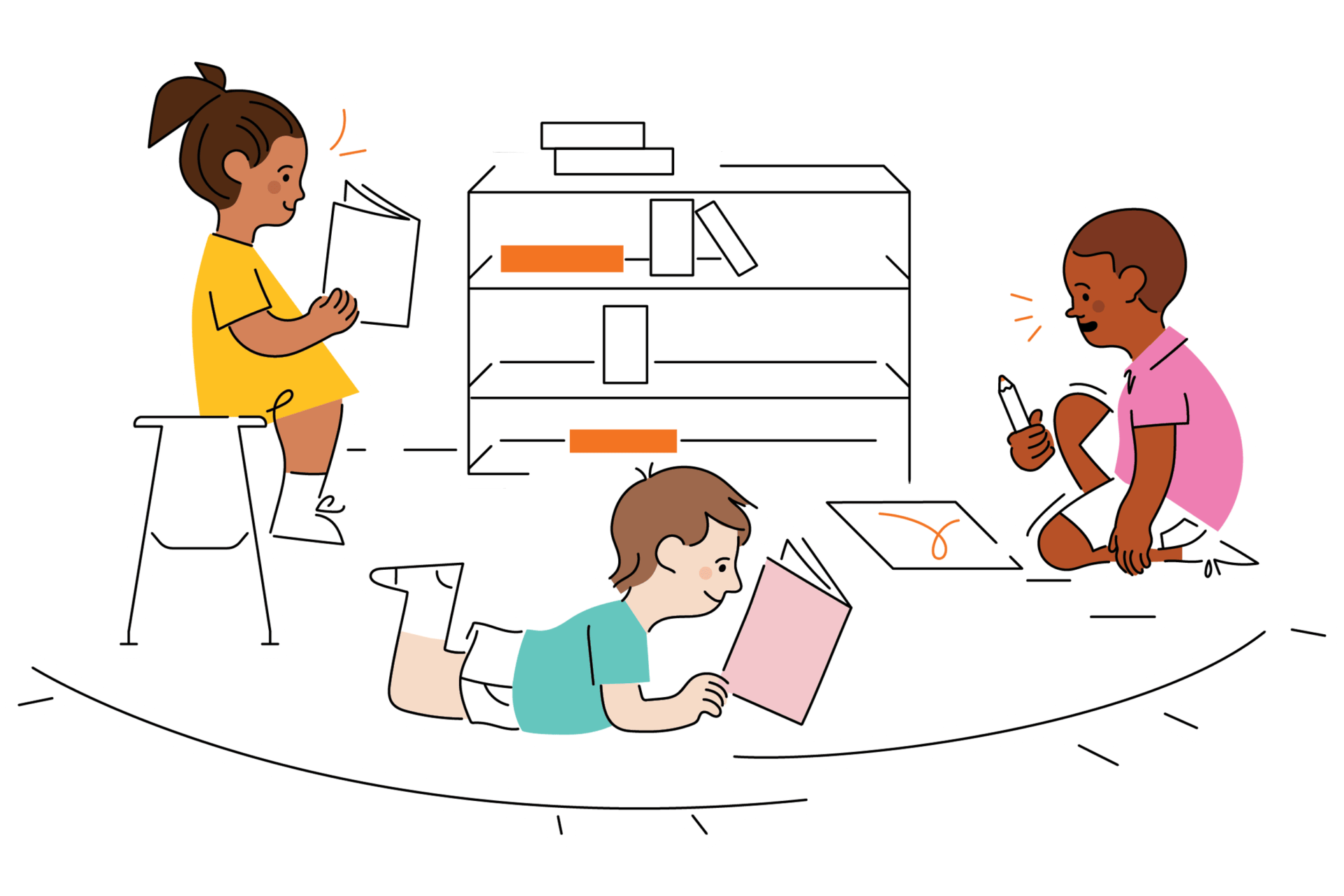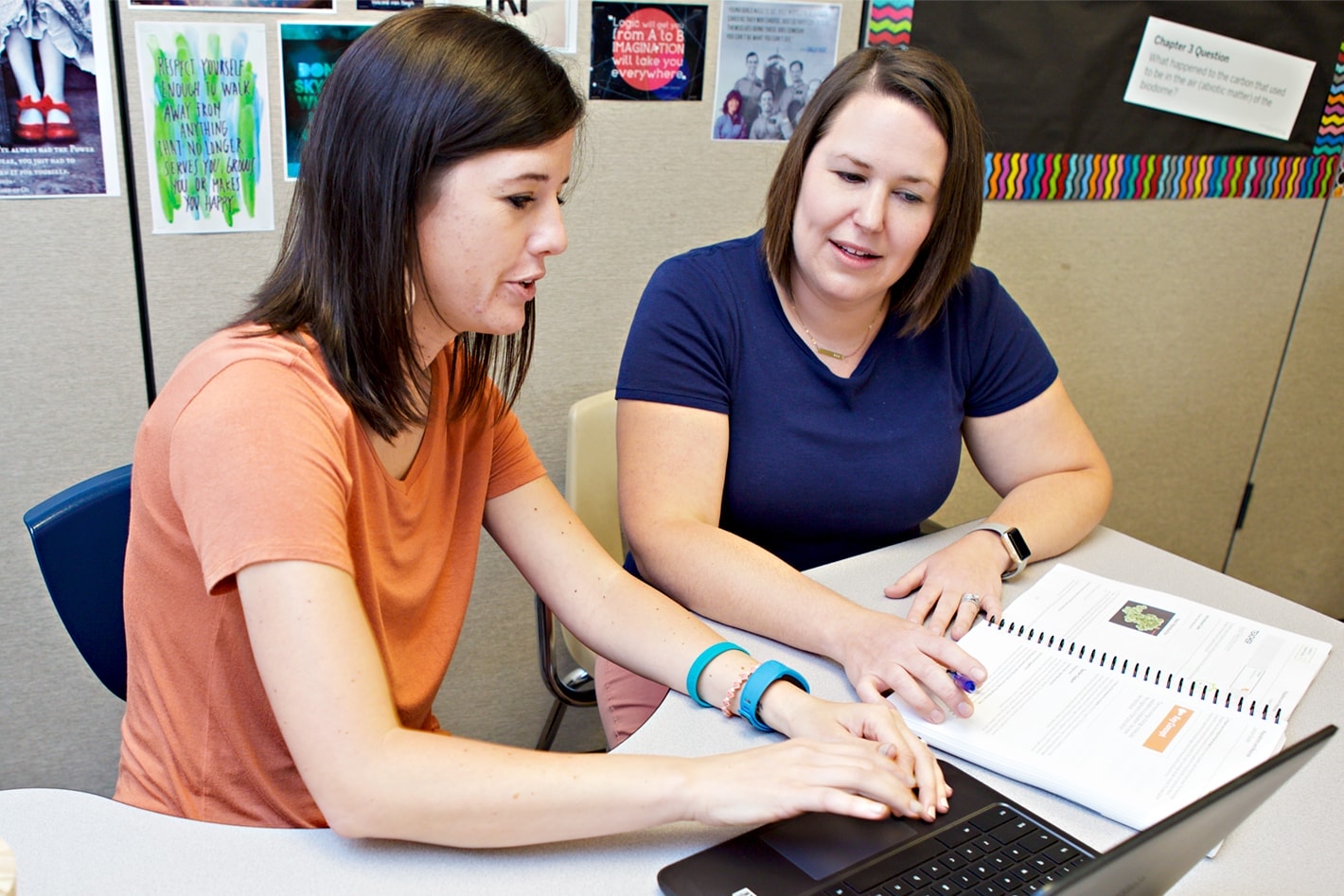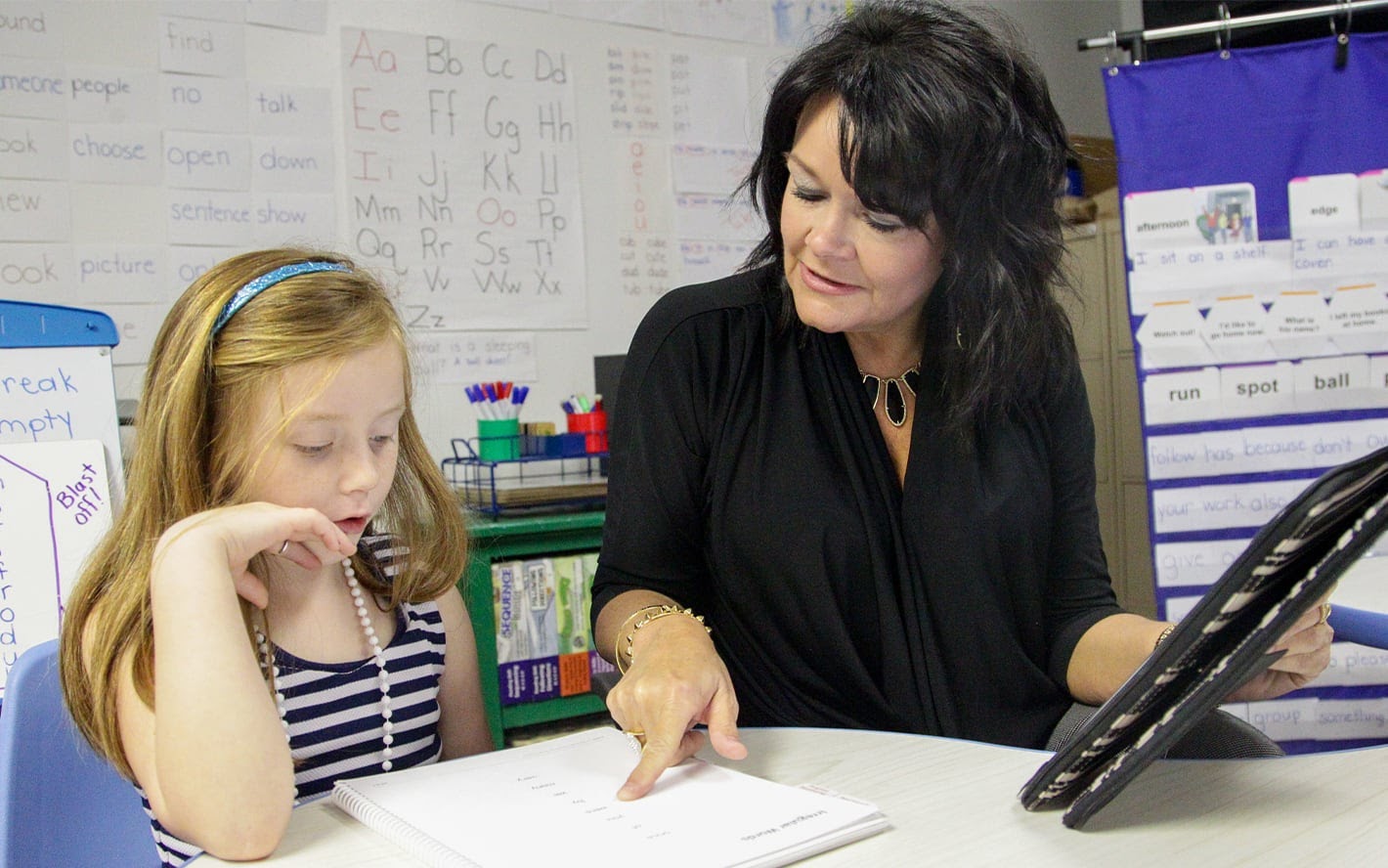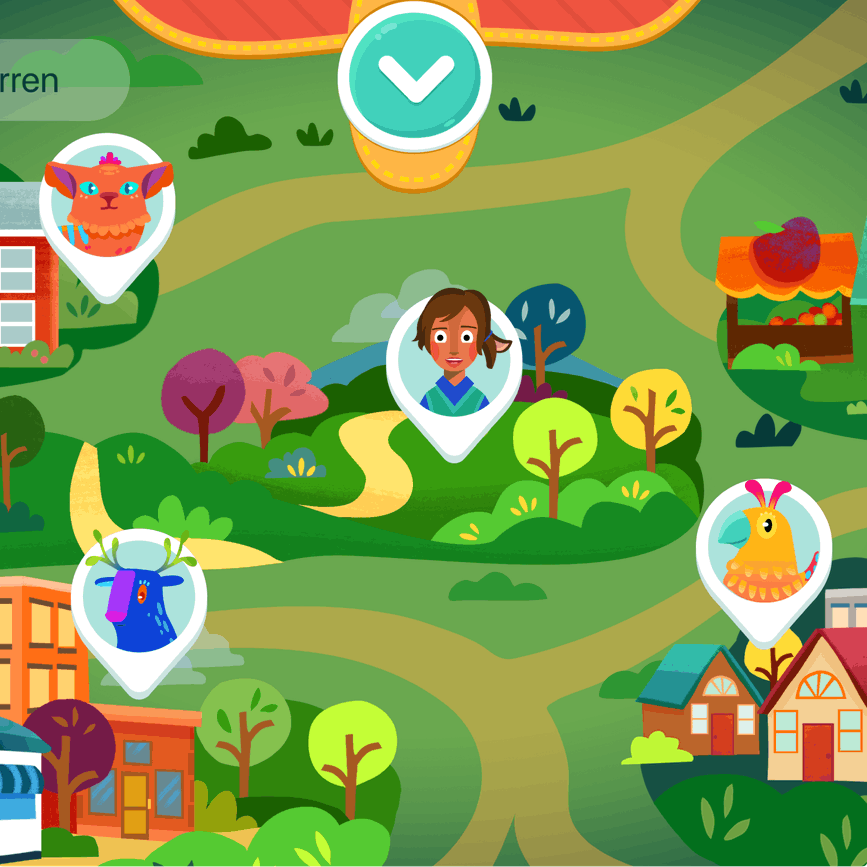
There are literally billions of dollars left in ESSER stimulus funds—and regardless of the role you serve in K–12 education, some of those dollars can help you and your students. Though you have until Sept. 30, 2024, to assign these funds, it’s never too early to ensure that you and your colleagues are taking advantage of what’s available to you to invest in your students and classrooms.Â
While 20% of your district’s funding must target instructional loss caused by the pandemic, you can direct the rest toward your specific needs—whether you need print instructional materials, dual language supports, or personalized learning to help your students catch up.
We’re happy to guide you through the current funding landscape and offer some tips for claiming your funding and helping get your students back on track.
Overview of the stimulus funding landscape
We’ve reached historic levels of federal investment to support the recovery of K–12 education. The American Rescue Plan (ARP) has supplied our nation’s schools with three buckets of ESSER stimulus funds:
- $13 billion under the CARES Act in March 2020 (ESSER I)
- $54 billion under the CRSA in December 2020 (ESSER II)
- $122 billion under the ARP in March 2021 (ESSER III)
This brings the total funds to $189 billion—a staggering amount available to help you, your students, and your colleagues. ESSER III funds must be assigned by Sept. 30, 2024, but this doesn’t mean the programs and services you purchase will expire. Your state can request an 18-month extension to liquidate the funds, and the changes needed to transform student performance and other school needs aren’t bound by this date.
As you consider how to spend your funding, keep in mind that there are , including learning software; summer learning and after-school programs for at-risk students; and activities that support federal requirements, such as ESEA and Titles I, II, III, and IV.
Spending priorities across states
Within the boundaries of allowable expenses, many states have already begun deciding how they want to target the specific needs of their districts.
Stimulus investments must reflect your district’s needs while taking into account the unique skills and gaps of individual students.
At the state level, is prioritizing student mental health and wellbeing, while is taking on that issue in addition to figuring out how to measure learning loss and helping districts reopen safely.Â
is emphasizing early childhood education, staff training, maintaining operations, and education technology. has similar goals with learning software, in addition to a focus on continuing operations, providing sanitation supplies, and catering to remote students’ needs.
tracking stimulus funding in 1,040 school districts across 35 states found patterns among school needs. More than half the districts studied set aside funds for summer learning, a third plan to pay for transportation, and a quarter will invest in online platforms.
ĐÔ°®°ÍĘżprograms fit the bill
All ĐÔ°®°ÍĘżprograms and services meet the funding criteria, including our literacy, dual language, and STEM suites.
Our literacy suite is made up of high-quality instructional materials that are based on evidence, which is one of the purchasing requirements in the American Rescue Plan. These programs provide students with personalized instruction—whether it’s at the core, supplemental, or intervention levels.
For more detailed information about using stimulus funding to get your students back on track in reading, watch our to learn more about ĐÔ°®°ÍĘżReading, our personalized reading program for grades K–5, and mCLASSⓇ, our early foundational literacy assessment.
Want to learn more about ESSER and how to use these funds thoughtfully? Visit our stimulus funding webpage where you’ll have access to a tracking tool that allows you to search by state and district to see approximately how much money is headed your way. As you explore ways to use the funds available to you, be mindful about the long-term impacts of the choices you’re making, and listen to your teachers, students, and overall school community. Creating or expanding upon is a great way to set your teachers and students up for success now and in the future.



